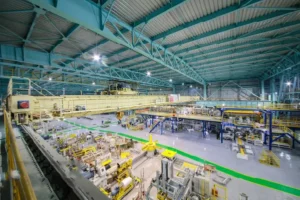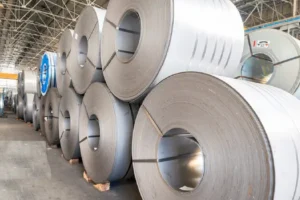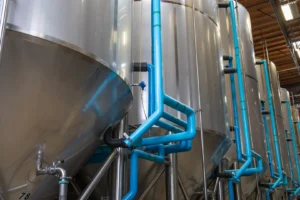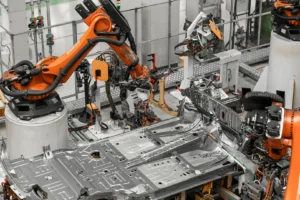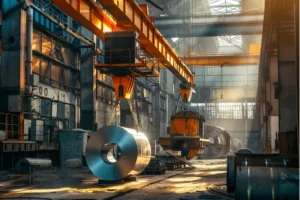5 Key Differences Between Stainless Steel Sheet and Coil
Choosing the right steel format is a critical decision. It impacts your project's budget, timeline, and efficiency. Let's clarify the choice between stainless steel sheets and coils.
The five key differences between stainless steel sheet and coil lie in their manufacturing process, application, cost, handling, and the strategic criteria for selection. Coils are the primary, continuous form, offering customization, while sheets are a secondary, pre-cut product providing ready-to-use convenience.
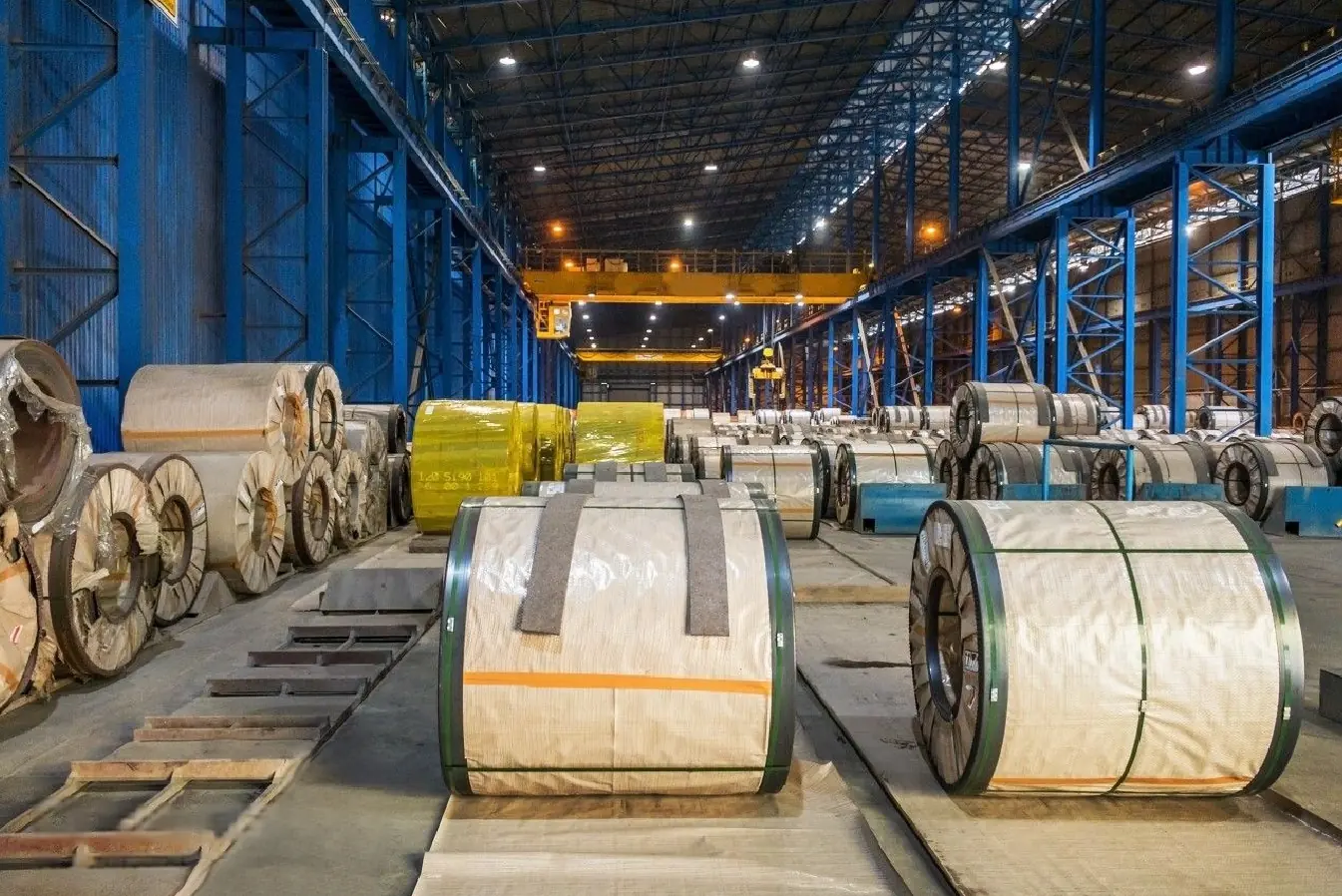
As the Global Business Director at MFY, I've guided countless partners through this exact decision. It's more than just a material choice; it's a strategic move that defines your production efficiency and bottom line. The distinction seems simple, but its implications are profound. Let's dive into the five differences that will empower you to select the perfect format for your needs and gain a competitive advantage.
What are the fundamental differences in the manufacturing process of stainless steel sheets and coils?
The production origins of sheets and coils seem similar. But the final processing steps are what dictate their usability and cost. The key is that coils are the master product.
The primary difference is that coils are the initial product from the rolling mill—a long, continuous strip of steel. Sheets are a secondary product, created by uncoiling, leveling, and cutting the master coil into specific, flat lengths. This makes coils the source material for sheets.
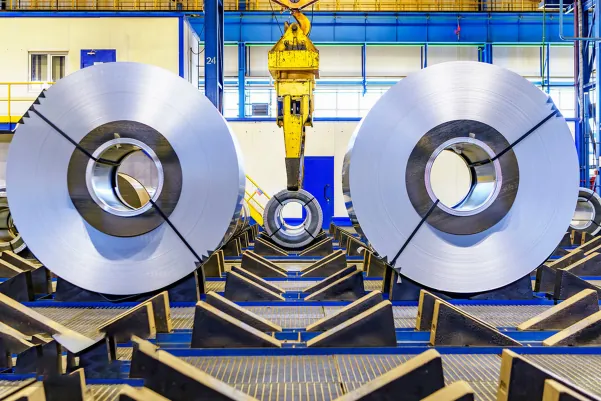
To truly grasp the difference, you have to look at the supply chain journey. At MFY, we manage this entire process, so I see the transformation firsthand. It’s a journey from a massive, continuous form to a precise, ready-to-use one.
From Molten Steel to Master Coil
The process begins with molten stainless steel being cast into a slab. This slab is then hot-rolled and cold-rolled to achieve the desired thickness and surface finish. After processes like annealing[^1] (to soften the steel) and pickling[^2] (to remove impurities), the result is a massive, wound-up "master coil." This is the most basic and efficient form of finished stainless steel. It represents potential, ready to be transformed. I often explain to clients that thinking of the coil as the 'wholesale' roll of fabric helps clarify this fundamental point.
The Journey from Coil to Sheet
Creating a sheet is a value-added service. We take a master coil and run it through a decoiling line[^3]. This machine carefully unrolls the steel, passes it through a series of levelers to ensure perfect flatness, and then shears it to precise, predetermined lengths. This process requires additional machinery, labor, and quality control, which is why sheets are considered a more "finished" product, ready for immediate fabrication.
| Process Stage | Stainless Steel Coil | Stainless Steel Sheet |
|---|---|---|
| Primary Form | Yes (Direct from mill) | No (Processed from coil) |
| Key Process | Rolling, Annealing, Pickling | Decoiling, Leveling, Shearing |
| End State | Continuous, wound strip | Flat, pre-cut rectangular form |
| Readiness | Requires further processing | Ready for immediate use |
How do the applications of stainless steel sheets differ from those of coils?
Both sheets and coils are used everywhere in our industry. But using the wrong format for the job leads to unnecessary waste and inefficiency. Their physical form directly dictates their best use case.
Coils are ideal for high-volume, automated production lines like automotive parts or pipe manufacturing, where continuous feeding is efficient. Sheets are better for smaller-scale, specific-dimension projects like architectural panels, kitchen appliances, or custom fabrication where standard sizes are required.
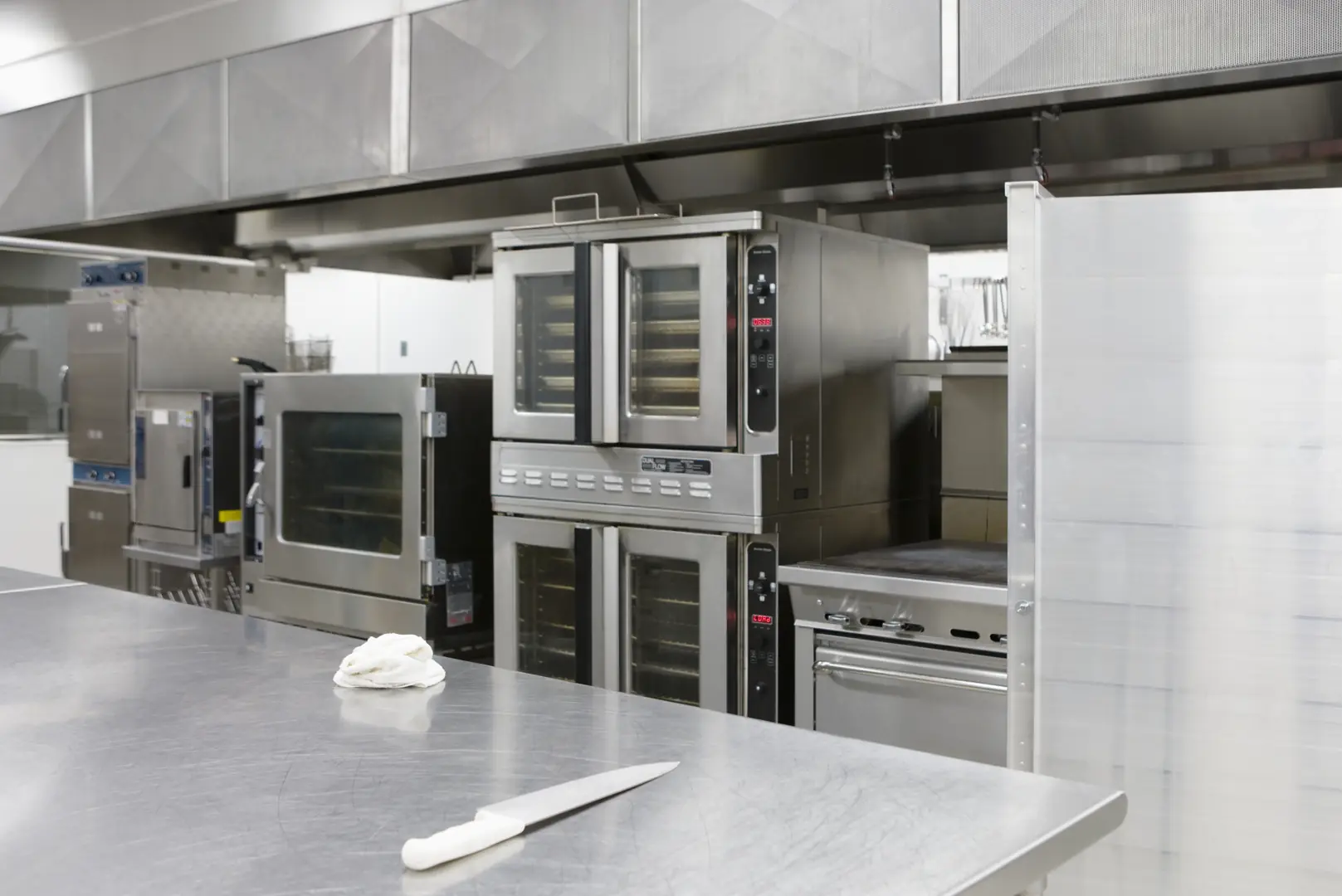
The choice between coils and sheets directly impacts the flow and cost of a manufacturing operation. I remember a client in India in the construction sector who switched from sheets to coils for their paneling production. The ability to cut custom lengths on-site dramatically reduced their material waste and project costs. It was a game-changer for them, and it all came down to understanding the application.
Coils: The Engine of Mass Production
Think about industries that consume vast amounts of steel. Automotive manufacturers feed coils directly into stamping presses[^4] to produce car body panels. Tube and pipe mills use coils for a continuous welding process. This is where coils shine. The ability to feed a continuous strip of material into a machine maximizes uptime, reduces changeover delays, and minimizes scrap from leftover end pieces. It's all about volume and efficiency. If your production line runs nonstop, coils are your best friend.
Sheets: The Foundation for Precision Fabrication
Now, consider a business making high-end kitchen equipment or custom architectural features. Here, precision and standard dimensions are key. Sheets are delivered flat and ready to be laser cut, bent, and welded. There's no need for an in-house decoiling line. This makes sheets perfect for job shops, smaller manufacturers, and projects where the required part sizes fit neatly within standard sheet dimensions. They provide predictability and ease of use for lower-volume, higher-variety work.
| Application Type | Best Choice: Coil | Best Choice: Sheet |
|---|---|---|
| High-Volume Production | Automotive Stamping, Tube Mills | - |
| Custom Fabrication | - | Catering Equipment, HVAC |
| Construction | Large-scale roofing/cladding | Architectural panels, elevators |
| Appliance Manufacturing | - | Refrigerators, washing machines |
What are the cost implications of choosing stainless steel sheets over coils?
You need to manage your budget carefully in any project. A simple choice in material format can significantly impact your bottom line. Understanding the complete cost structure is absolutely key.
Generally, stainless steel coils are cheaper per kilogram than sheets. This is because sheets require additional processing—uncoiling, leveling, and cutting—which adds labor and operational costs. However, the total project cost must account for your own processing capabilities and potential waste.

When clients ask me which is "cheaper," I always reframe the question to "which is more cost-effective for your operation?" The sticker price per kilogram is only one part of the equation. We must look at the total cost of ownership[^5] to find the real answer.
The Base Price: Why Coils Cost Less
The fundamental reason coils have a lower base price is the lack of secondary processing. When you buy a coil, you are buying the material in its most direct-from-the-mill form. At MFY, when we process that coil into sheets for a customer, we are adding value through our equipment and labor. That added value is reflected in the price of the sheets. So, if you have the machinery to process coils yourself, buying them directly can offer significant raw material cost savings.
Total Cost of Ownership: A Broader View
This is where the analysis gets interesting. If you don't have a decoiler and shear, the investment in that equipment can be substantial. In that case, buying pre-cut sheets, even at a higher per-kg price, is far more economical. Furthermore, consider material yield[^6]. If your parts can be nested efficiently onto a custom-cut length from a coil, you can reduce scrap waste to almost zero. With standard sheets, you might be left with significant unusable off-cuts. The true cost is a balance between the raw material price, your in-house processing capabilities, and the amount of waste generated.
| Cost Factor | Stainless Steel Coil | Stainless Steel Sheet |
|---|---|---|
| Price per Kg | Lower | Higher |
| Processing Cost | Borne by buyer (if self-processed) | Included in seller's price |
| Capital Investment | High (requires decoiling line) | Low (requires basic handling) |
| Waste Potential | Lower (can cut to exact length) | Higher (from standard size off-cuts) |
How does the handling and storage of sheets compare to that of coils?
Your warehouse space and handling equipment are finite resources. Improper handling can damage expensive material and create serious safety risks. Each steel format has its own unique logistical needs.
Coils are dense and heavy, requiring specialized equipment like C-hooks and overhead cranes for safe handling, plus robust racking for storage. Sheets are stored flat on pallets, are easier to handle with standard forklifts, but consume significantly more floor space for the same weight of material.
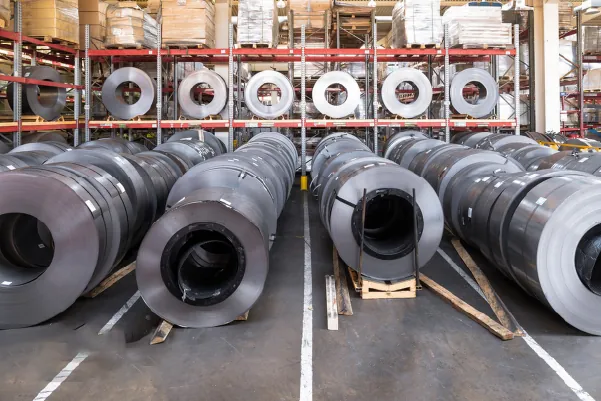
Logistics are the unseen backbone of an efficient operation. We've helped many distributors at MFY optimize their warehouse layout, and the sheet vs. coil strategy is always a central topic. Shifting their high-turnover products to pre-cut sheets near the loading bay, while storing bulk coils vertically, saved them incredible amounts of time and improved safety.
The Logistics of Coils
A single stainless steel coil can weigh several tons. Moving it requires heavy-duty equipment. Overhead cranes with C-hooks or specialized coil lifters are essential. You cannot simply use a standard forklift. For storage, coils must be placed on saddles or in specialized racks to prevent them from rolling or deforming. While they are very space-efficient in terms of weight per square meter, the infrastructure required to handle them is a significant consideration. Safety is paramount; an improperly secured coil is a major hazard.
The Practicality of Sheets
Sheets, by contrast, are far more straightforward. They are typically stacked on wooden pallets and can be easily moved with a standard forklift. This makes them accessible to nearly any workshop or warehouse. The downside is space. A stack of sheets covering 10 square meters of floor space will contain far less total weight of steel than a coil stored in a smaller footprint. You also need to be careful to avoid scratching the surface of the top sheets during handling.
What recommendations can be made for selecting between stainless steel sheets and coils for specific projects?
You need to make the right choice for your business. A wrong decision on material format can derail your project's budget and timeline. The good news is that a simple checklist can guide you.
Choose coils if you have high production volume, require custom lengths to minimize waste, and possess in-house processing equipment. Opt for sheets for smaller production runs, standardized part sizes, rapid prototyping, or if you lack coil processing machinery and need ready-to-use material.
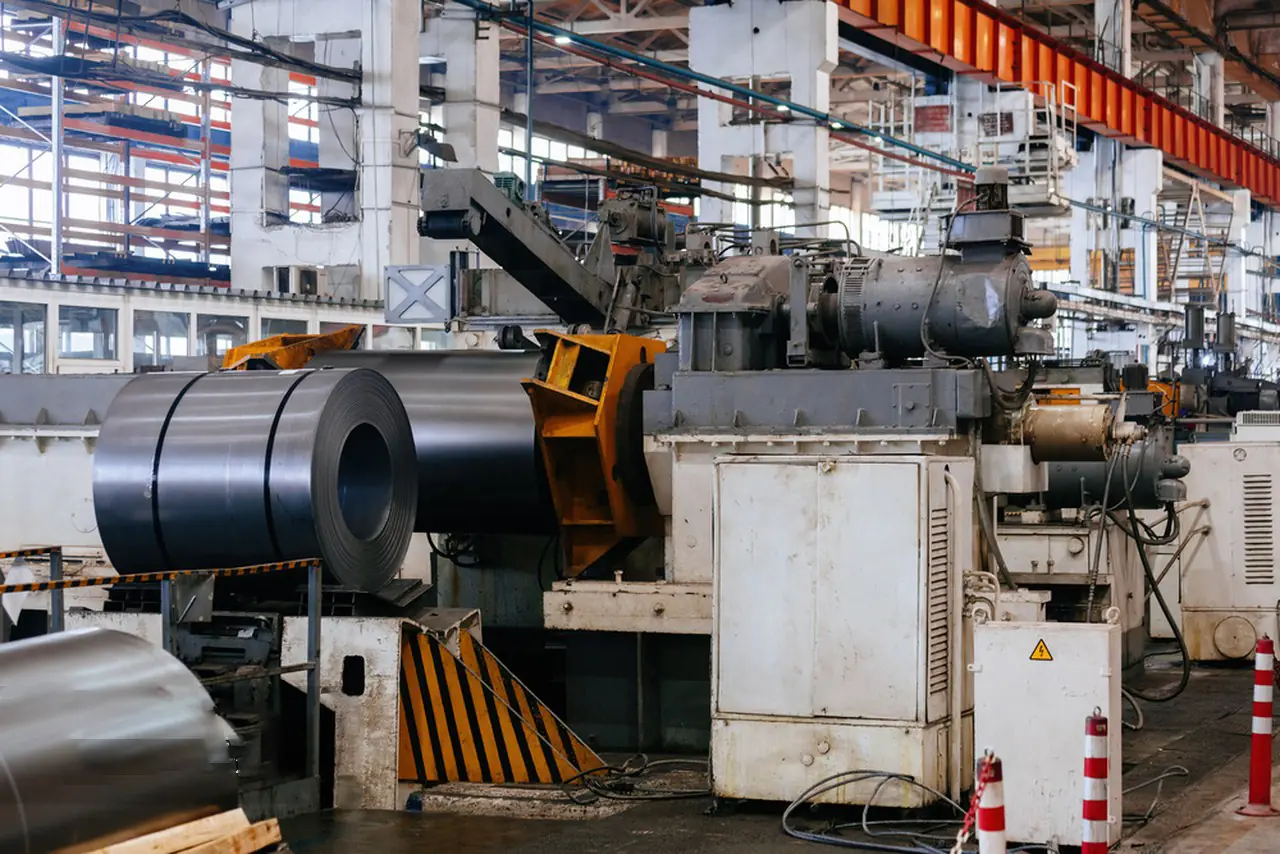
At MFY, this is the exact thought process we walk our partners through. It's not about which product is "better"—it's about aligning the material form with your unique operational reality to achieve the best possible outcome. This strategic alignment is a core part of our mission to strengthen the global supply chain.
When to Choose Coils
You are an ideal candidate for coils if your business model is built on volume and efficiency. If you are stamping thousands of identical parts or producing kilometers of tubing, the upfront investment in coil processing equipment will pay for itself through lower material costs and reduced scrap. The ability to cut exactly the length you need is a powerful advantage for optimizing material yield.
When to Choose Sheets
Sheets are the versatile choice for agility and lower-volume needs. If you are a custom fabricator, a project-based contractor, or a company with a wide variety of product sizes, sheets are your answer. They offer the convenience of a ready-to-use material without the need for heavy capital investment. This allows you to be more responsive and flexible, which is a competitive advantage in itself.
| Decision Factor | Choose Coils If... | Choose Sheets If... |
|---|---|---|
| Production Volume | High and continuous | Low, intermittent, or project-based |
| Part Size | Variable or requires long lengths | Standardized or fits on standard sizes |
| Equipment | You own a decoiling/slitting line | You use standard fabrication tools |
| Inventory Strategy | You want dense, bulk storage | You need easy access and handling |
| Lead Time | You can process in-house | You need material ready for immediate fab |
Conclusion
The choice between stainless steel sheet and coil is a strategic decision impacting efficiency, cost, and logistics. Understanding these five key differences—manufacturing, application, cost, handling, and selection criteria—empowers you to optimize your supply chain and gain a real competitive edge in your market.
Have Questions or Need More Information?
Get in touch with us for personalized assistance and expert advice.

